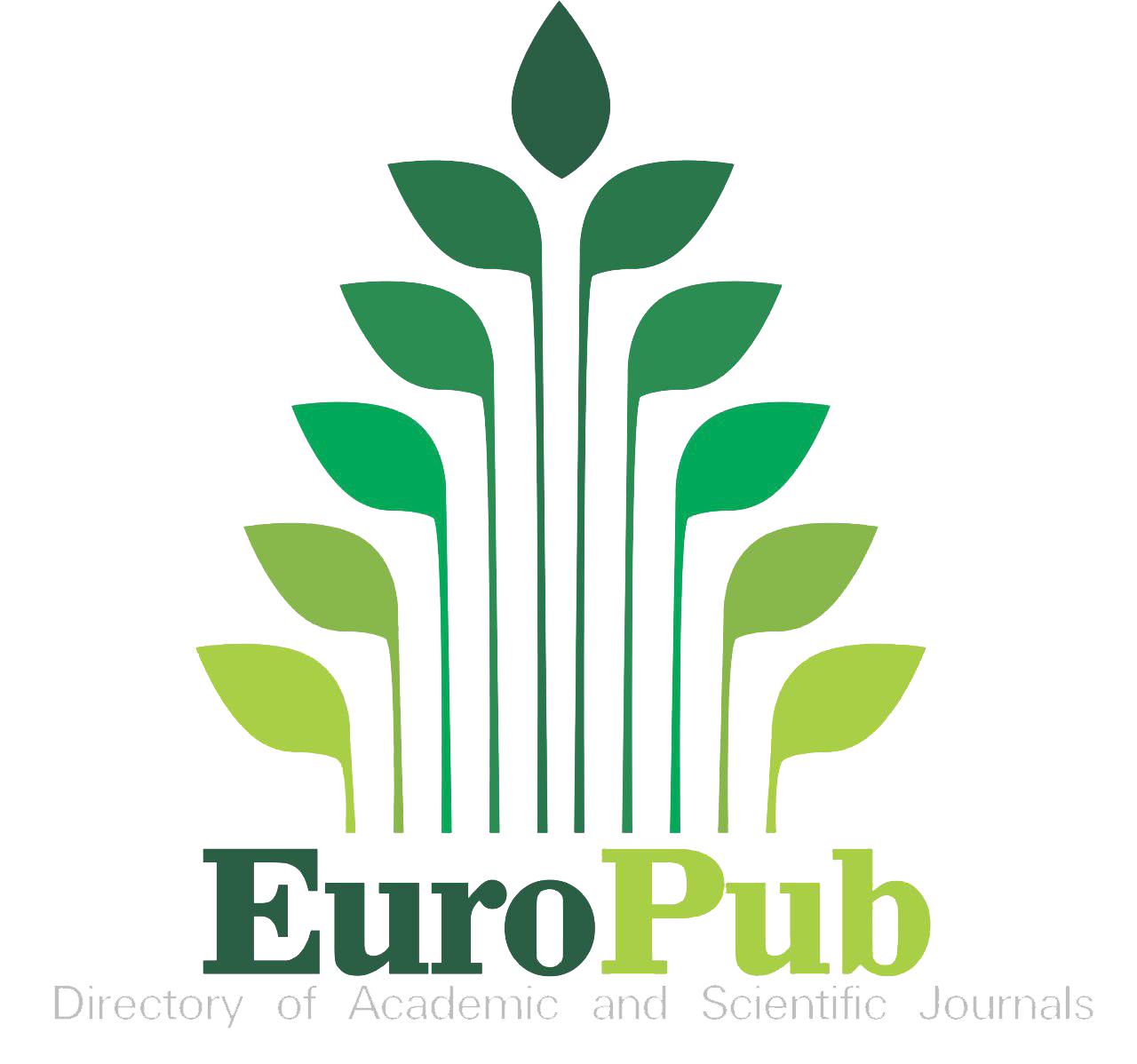Journal plagiarism policy
Authors must have the moral rights over the article and declare that it has not been submitted for review or published, in part or in full, in any other national or foreign journal. If it has been deposited in a preprint server or in a conference, this must be made clear upon submission. The signatories will be solely responsible for ensuring that their contribution complies with these requirements.
The journal's editors carry out the plagiarism detection process using the StrikePlagiarism.com system before beginning the editorial process. In addition, the editors will check the bibliographic references to detect possible plagiarism. If the percentage of similarity between texts is high, the editors will contact the authors of the work to clarify the circumstances and reject it.
If a previous version of an article has been published previously, this must be expressly indicated in the notes. The new version must have substantial new features and its recovery must be motivated. The journal will reject articles that are plagiarized, informing the authors and their institutions, as well as establishing regulations for authors regarding publishing on this site.
The detection of coincidences is a process that begins upon receipt of the original and involves all members of the Editorial Board. The aim is to comply with quality standards and publish articles with the required transparency and rigor. The author will be notified if the article presents evidence of plagiarism or self-plagiarism and the publication will be immediately rejected.
The journal has a policy that complies with the recommendations issued by the International Committee on Scientific Publication Ethics (COPE) in the resolution of ethical conflicts.
Articles are compared to check whether reproduction actually exists.
Strike Plagiarism, which is a text matching tool and is used to prevent plagiarism by checking the content of research results against information published on the Internet, printed sources and databases, composed of schoolwork and research at all academic levels.
Documentary evidence of any coincidence will be sent to the submitting author of the article in question and a response will be requested.
Articles published in which any ethical violation is detected will not be removed from the platform. A watermark will be used in the case of PDFs and a retraction note in the case of HTML and XML formats, in the same published document, and will be located at the top. CienCiMed will not publish another article by the authors involved in plagiarism.



